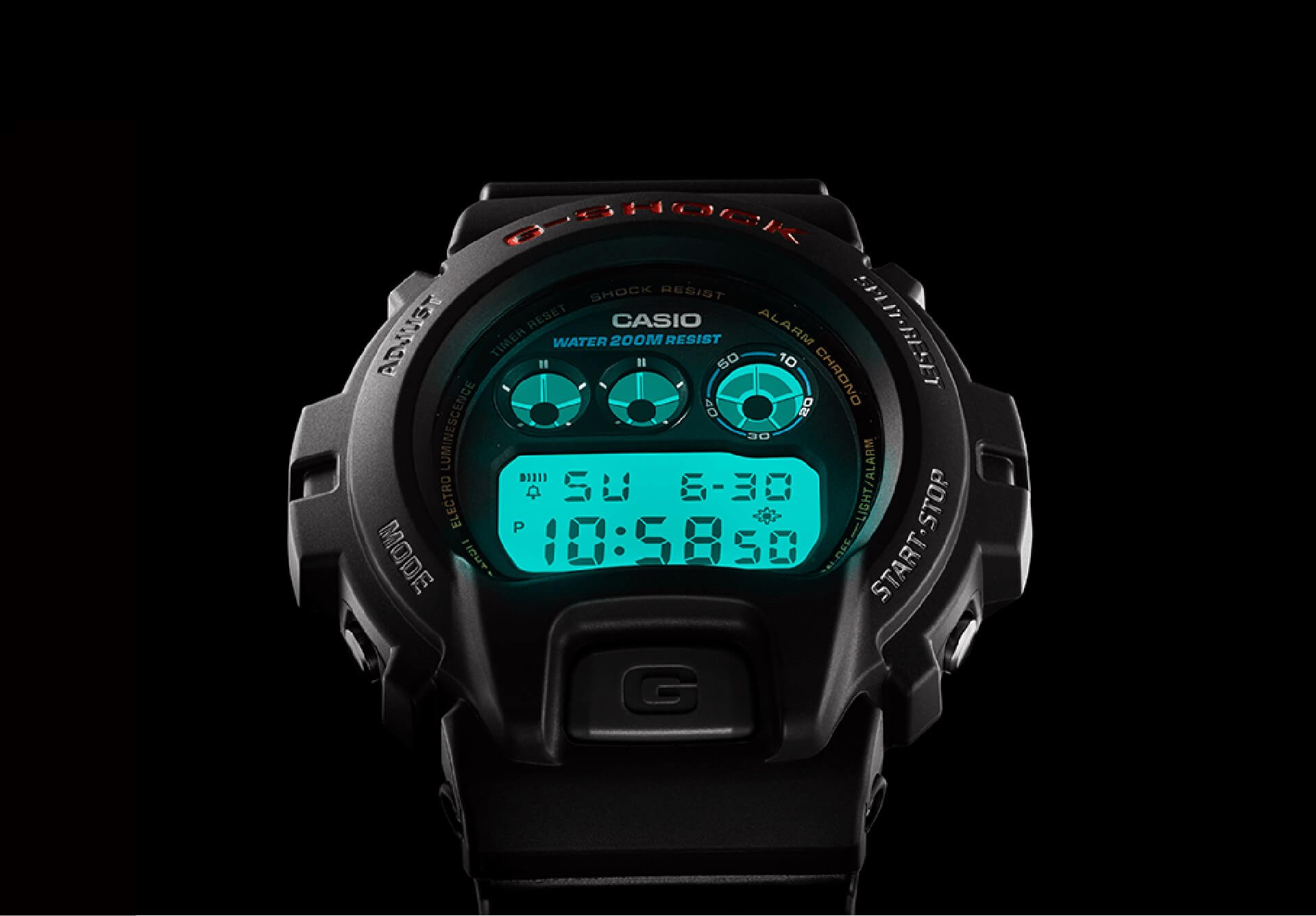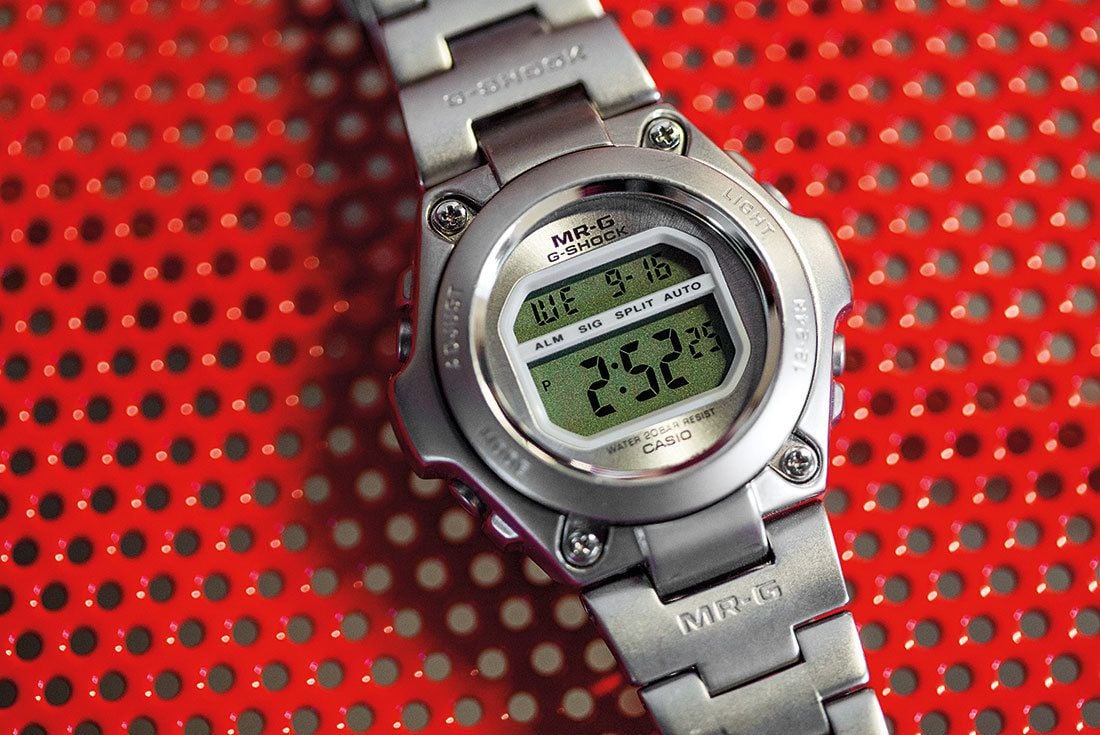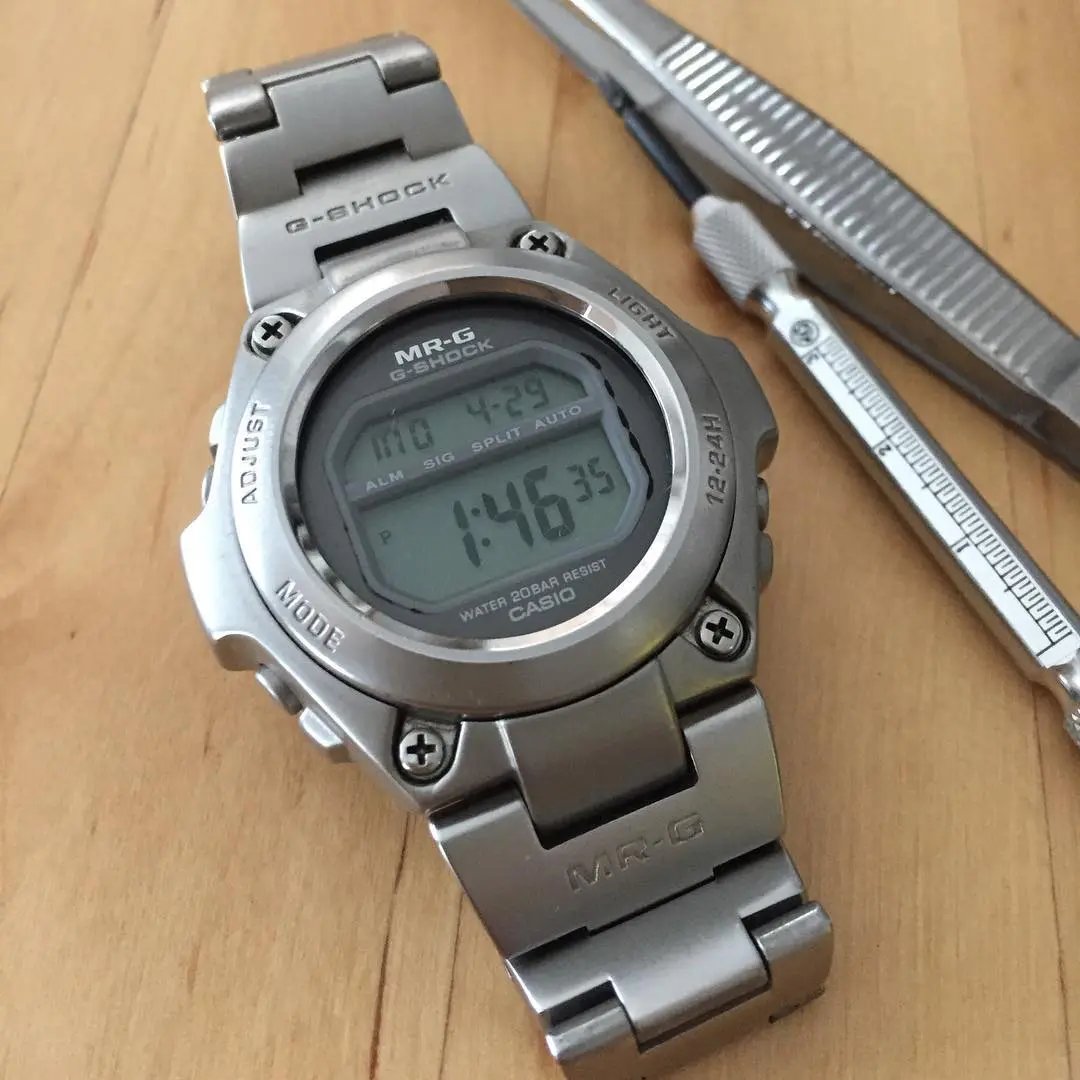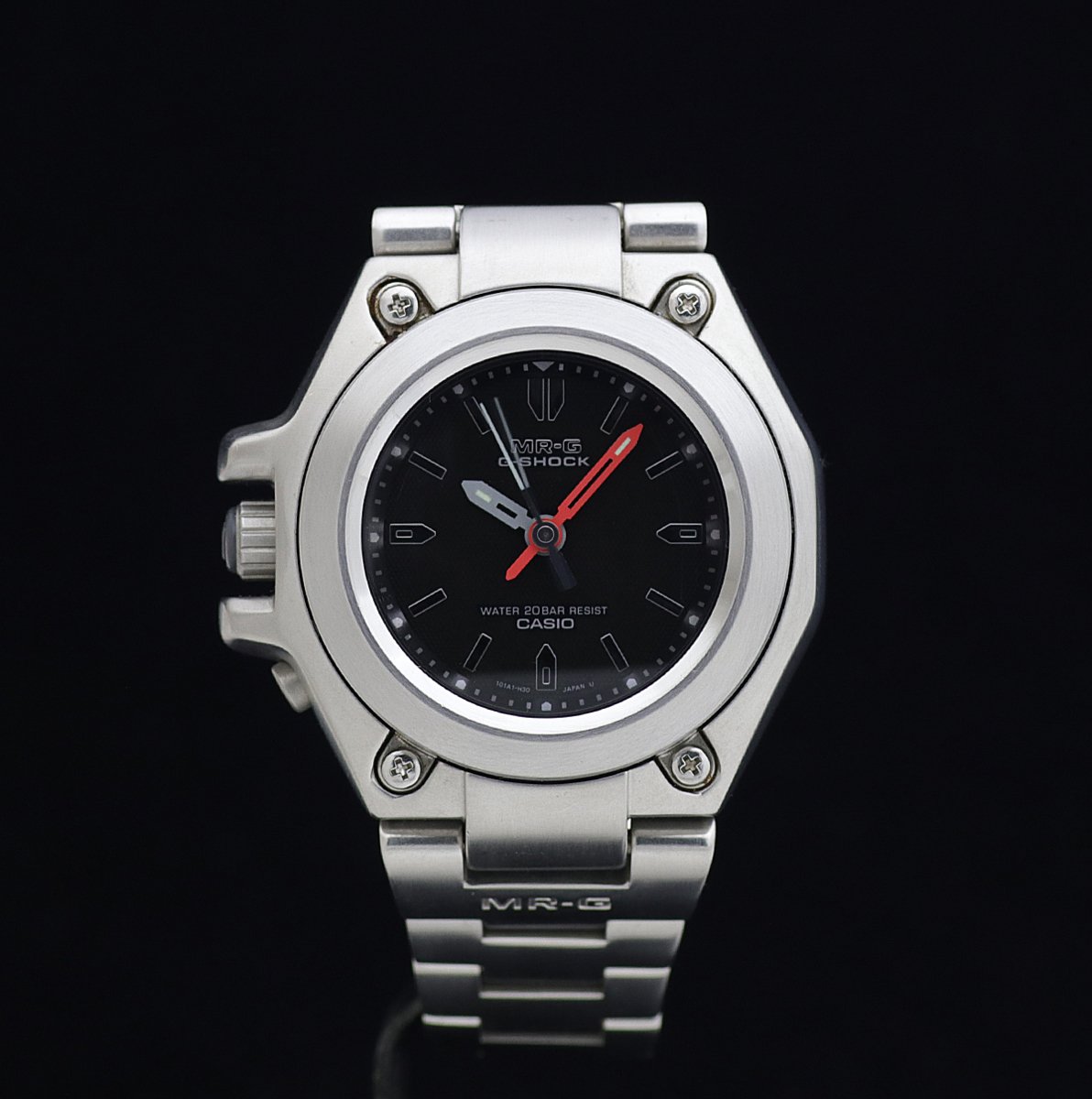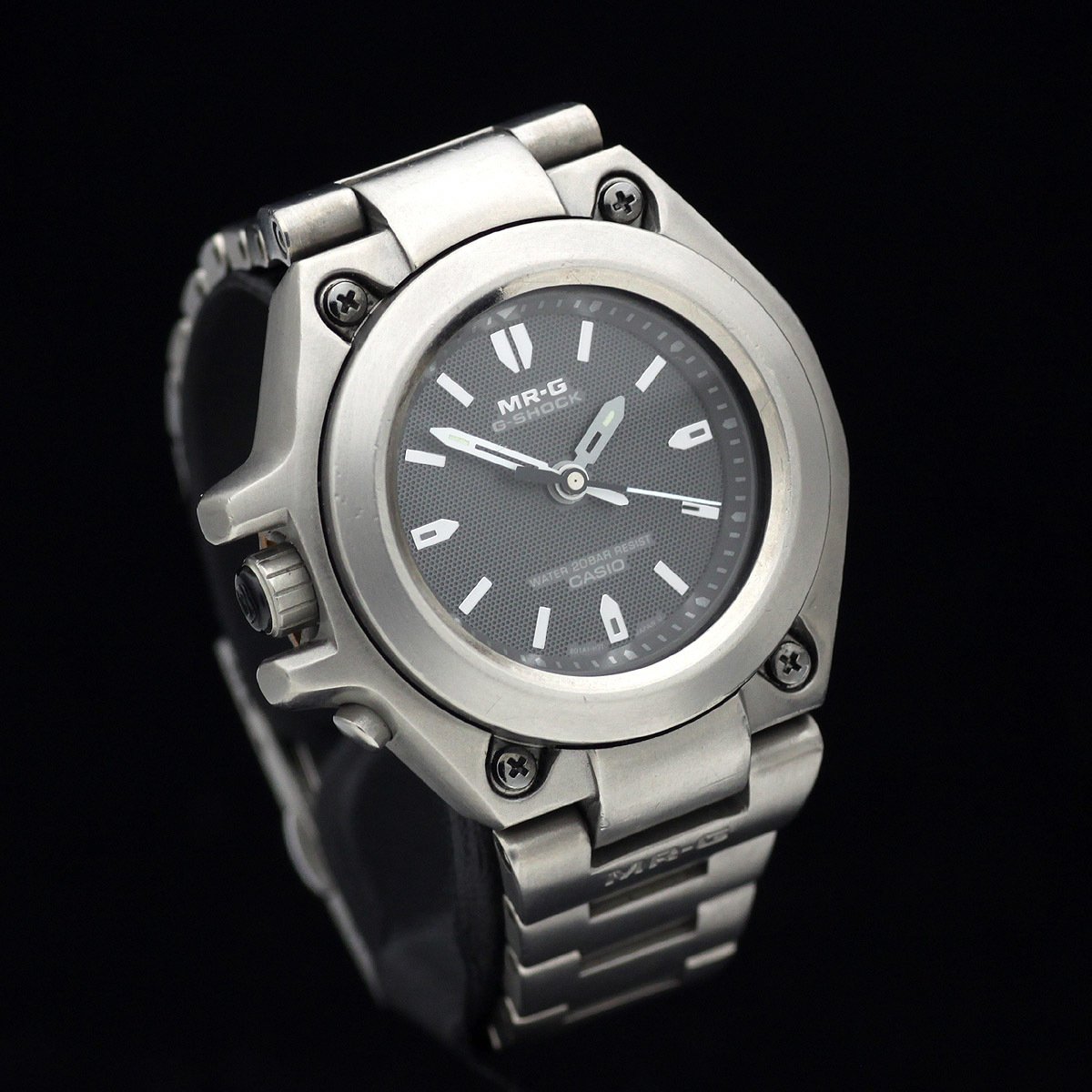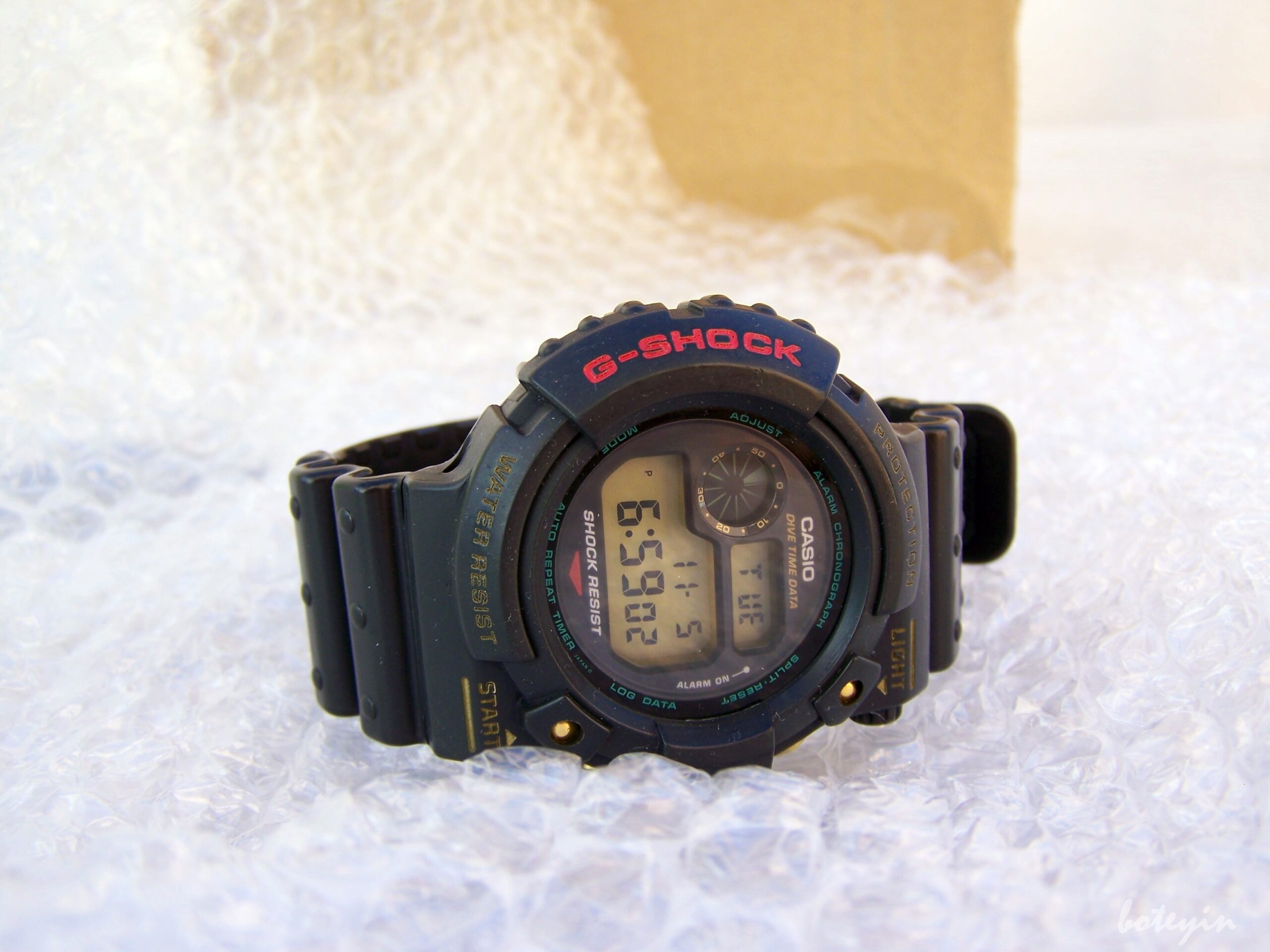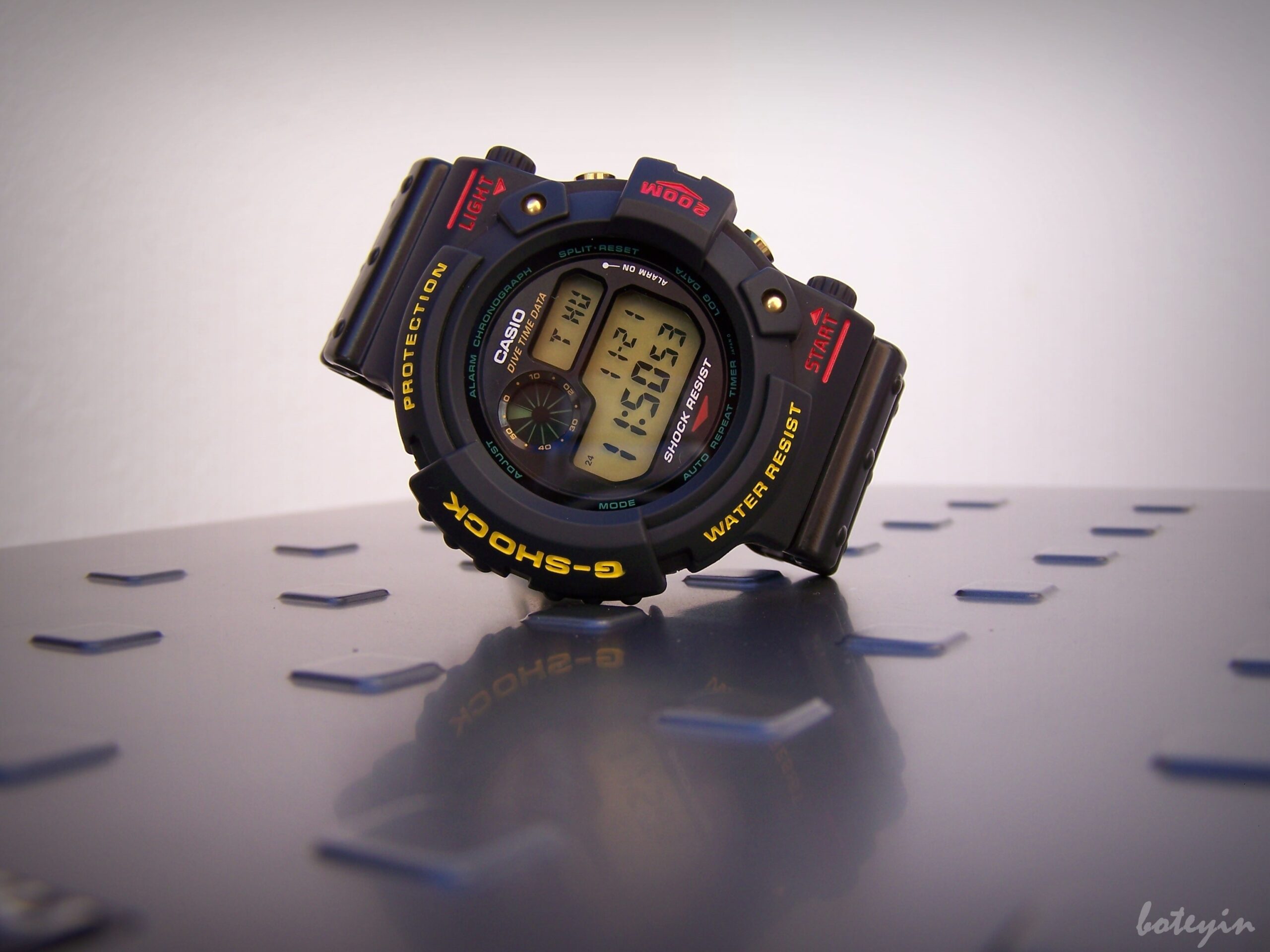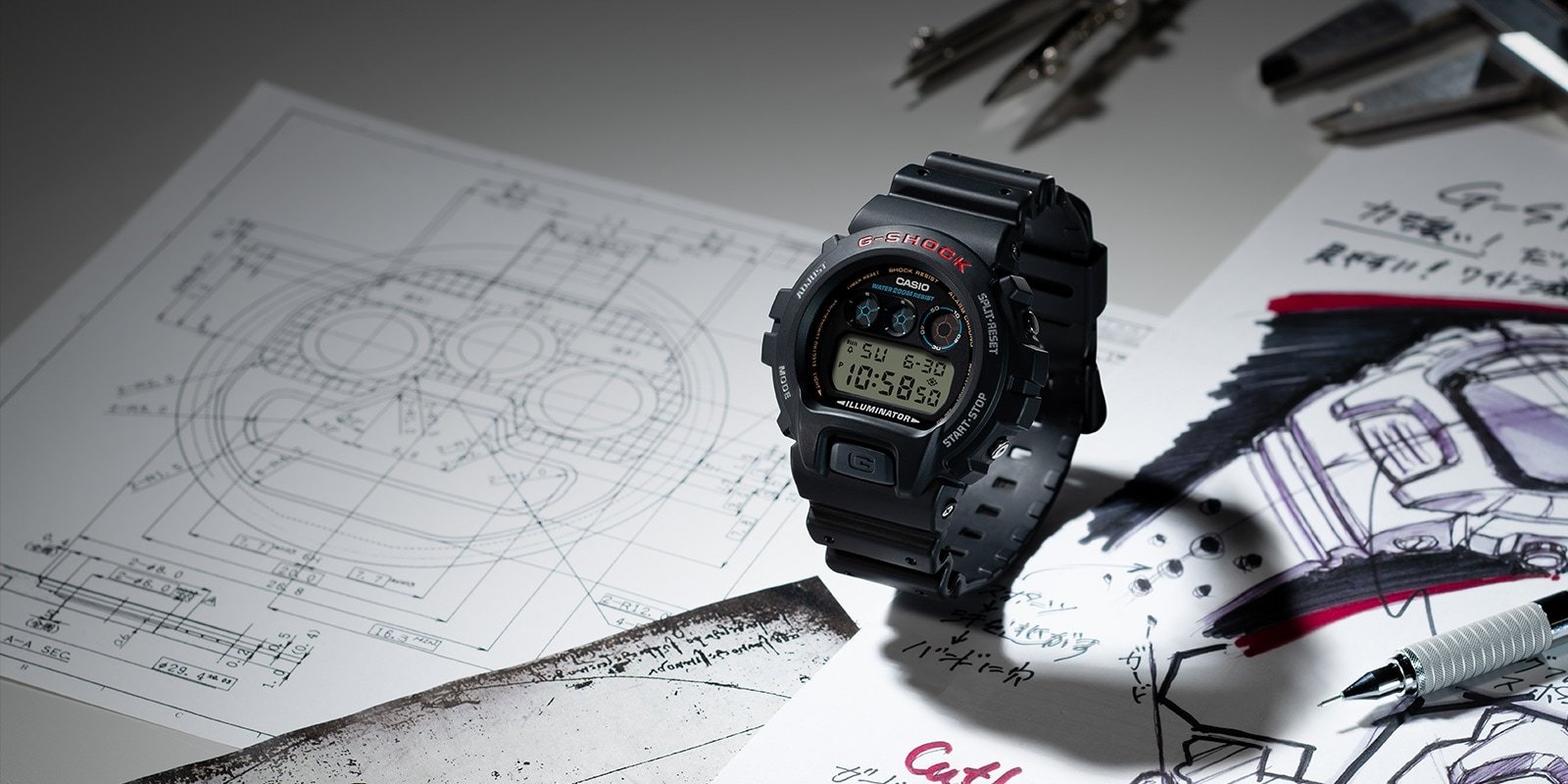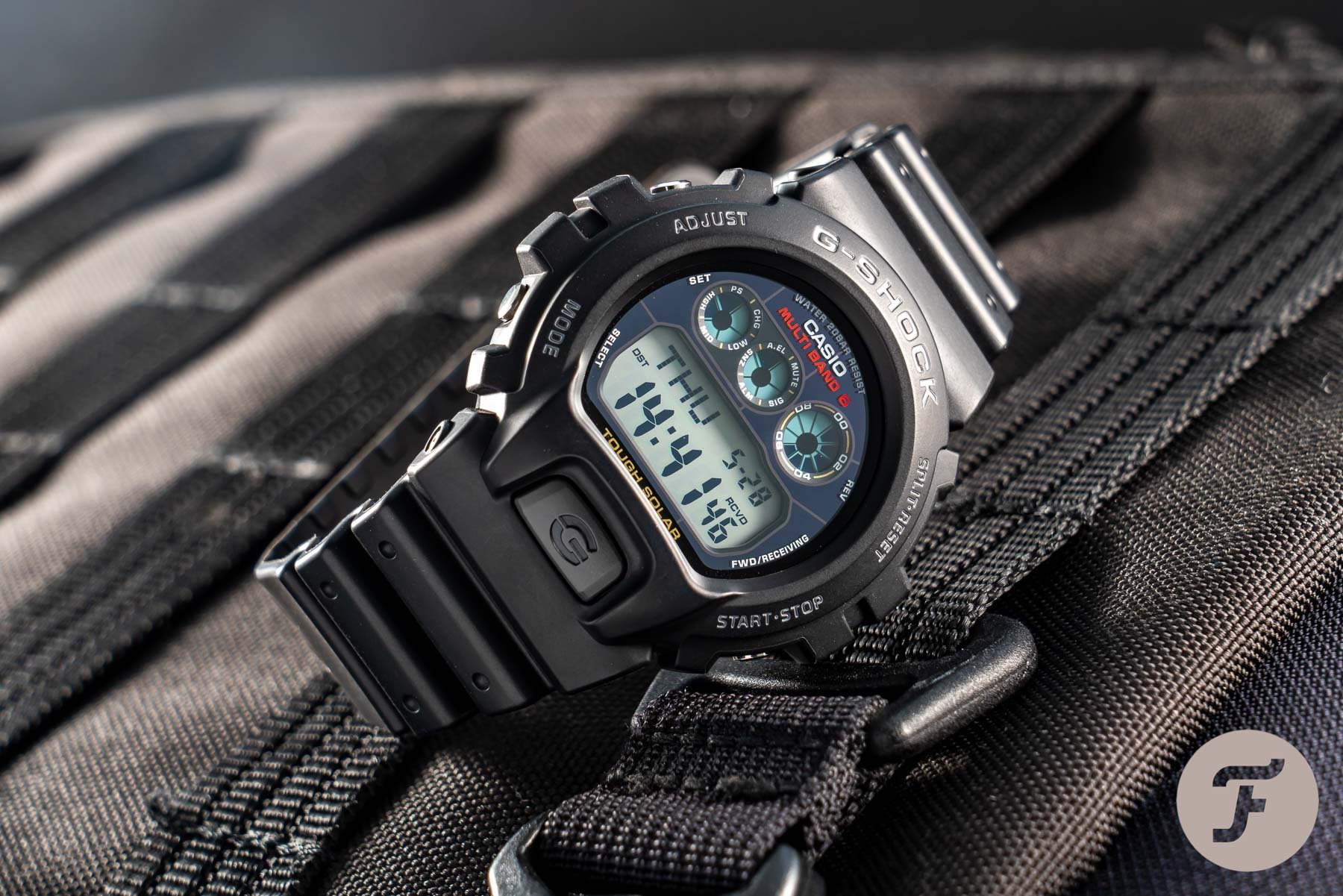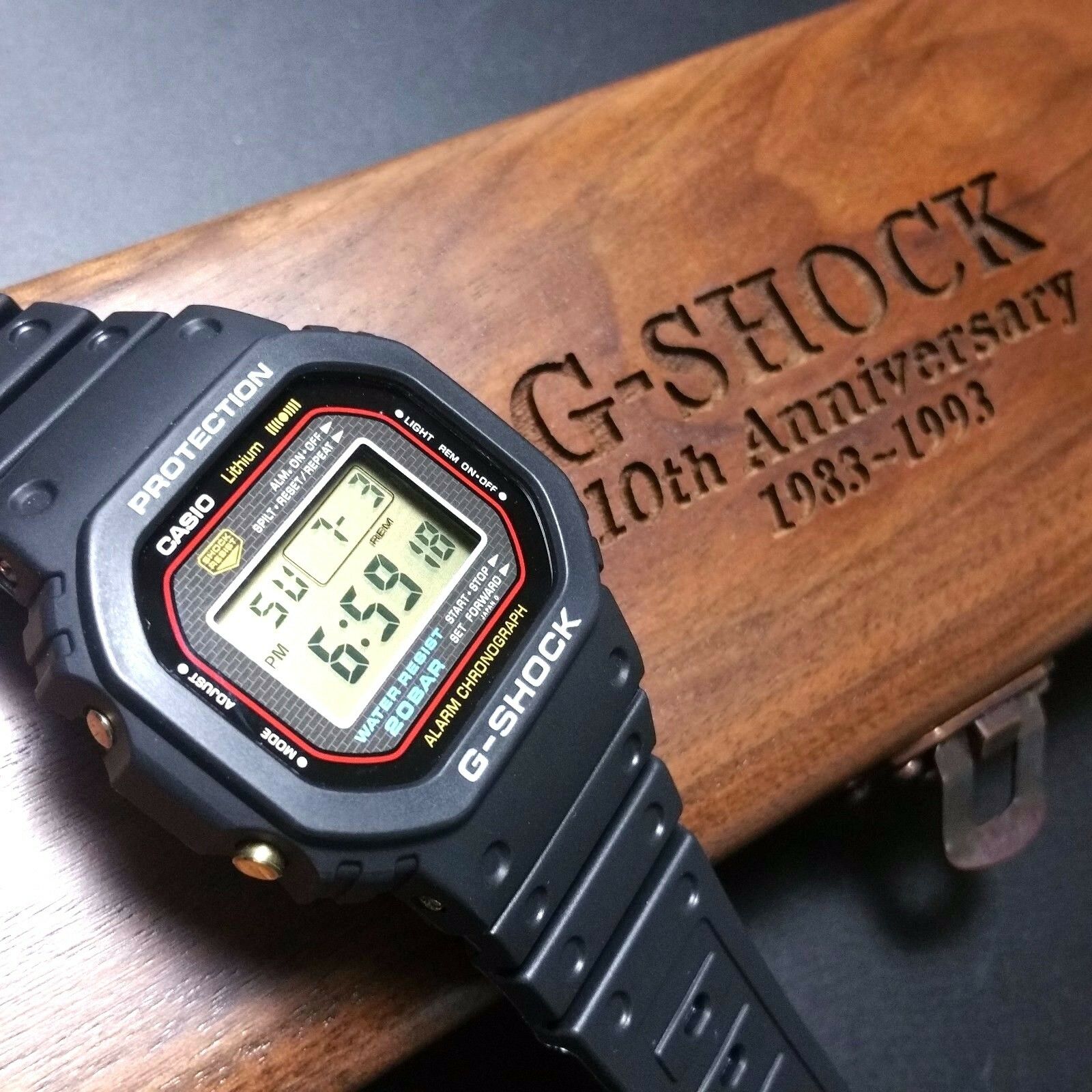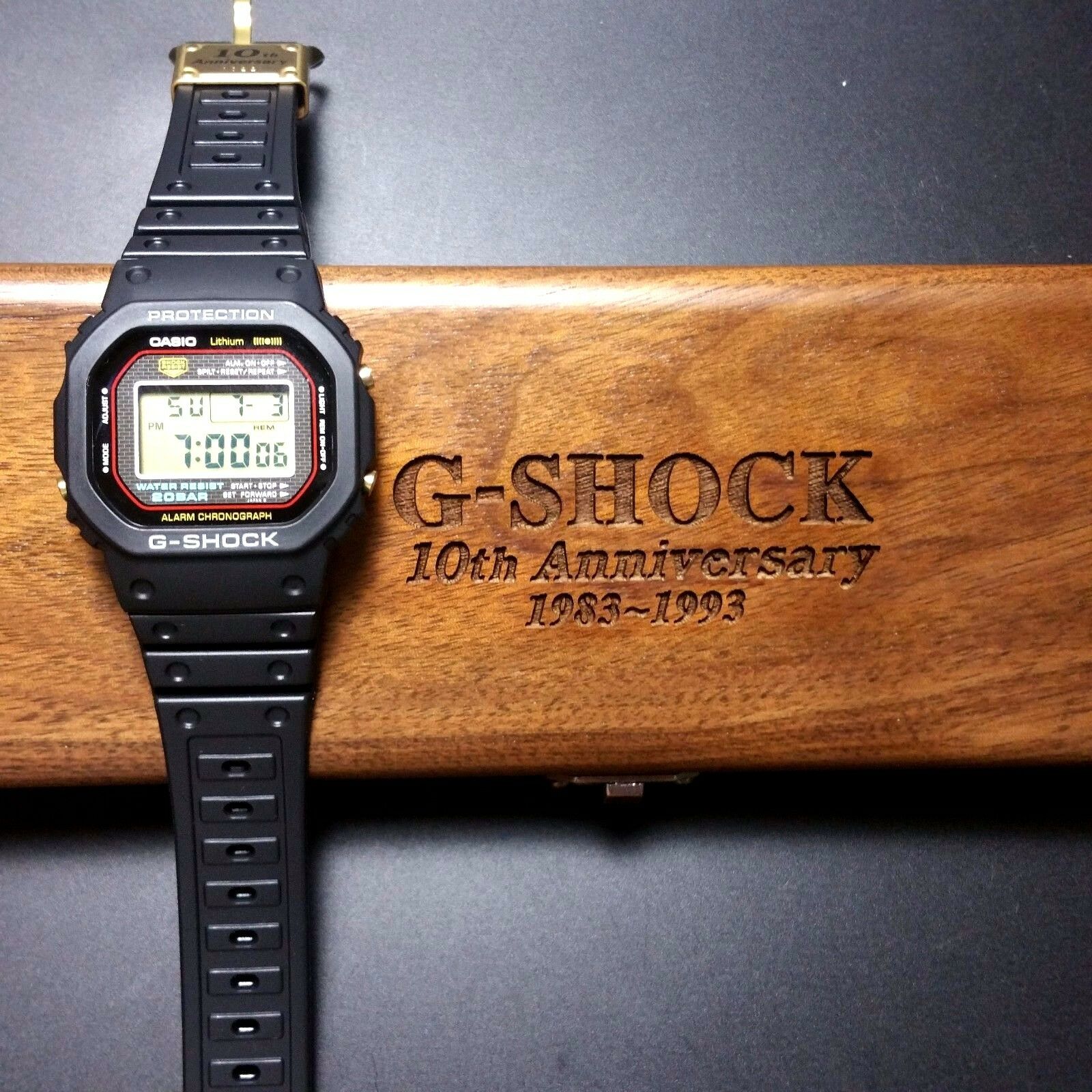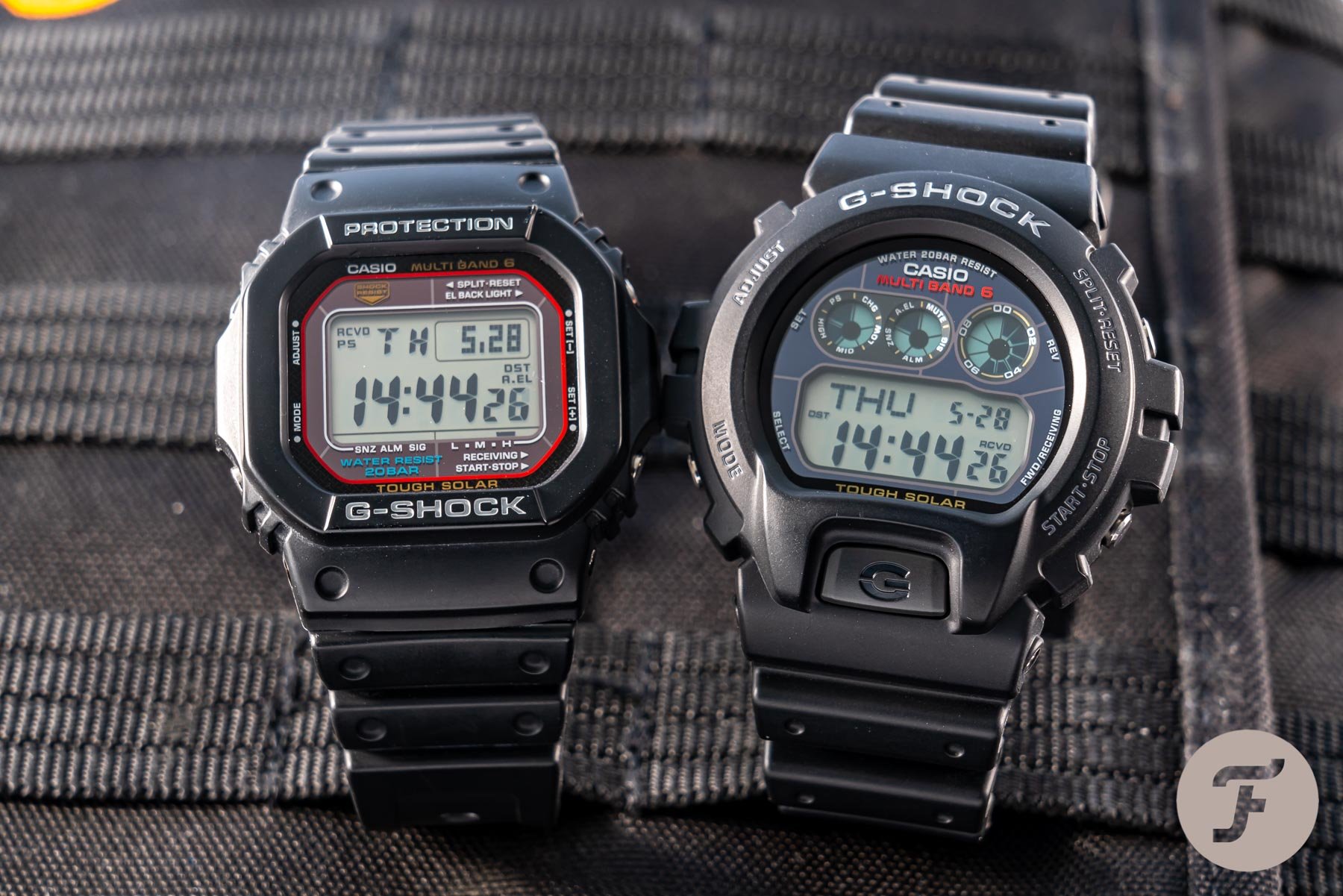Buying Guide: The Best G-Shock Watches From The 1990s
We like to talk about vintage watches a lot within the Fratello team. While the daily routine is largely focused on the most recent developments in the world of watches, the most fun for many of us lies in the sometimes weird and often wonderful world of vintage watches. It’s a world full of history, remarkable watches, incredible stories, and quirky details. It inspired us to come up with a series of articles focusing on the best watches per decade from a select group of brands. Some of them are priceless, some of them still affordable. In this installment, we will take a look at the best G-Shock watches from the 1990s.
While the 1970s were a decade filled with tremendous change in the watch industry, the 1980s showed the fruits of that change. When Seiko started the quartz revolution, most Swiss brands never predicted the enormous long-term effects on the industry. This is why a lot of Swiss brands ended up in trouble, often with disastrous results. In the 1980s, quartz was king, which is reflected with this week’s brand. G-Shock is a brand that has its roots in the eighties and is a perfect example of the impact of the quartz revolution.
When it comes to style and design, the eighties were a special time. Often perceived as a decade with a distinct lack of style or rather an abundance of tacky design, the ’80s were often frowned upon. However, there was a strong division between traditional watch design and digital watches from the likes of Seiko and Casio. They have become the design standard over time, though. So as you might imagine, there are plenty of good things to discover if you are looking for a vintage piece from the 1980s.
G-Shock in the 1990s
As I briefly touched upon in the article about the best G-Shock Watches from the 1980s, G-Shock became really popular by the end of the eighties. By the late ’80s, the G-Shock collection featured 200 different models. A fun fact is that the brand introduced its first analog model in 1989 with the G-Shock AW-500. Up until that point, every release featured a digital display. In the 1990s, the brand grew into a cultural phenomenon when it became the preferred watch in street culture.
You could see rappers, skateboarders, fashion designers, and artists all wearing G-Shocks. It made the brand hot property with the younger crowd. The brand understood perfectly that for them to be successful, they would have to claim that street culture in marketing as well. Not only did they use streetwear culture in their marketing, but the brand also set up collaborations with famous street culture icons. It elevated the brand from a watch brand to a cultural phenomenon.
In the late 1990s, when G-Shock hit a dip in sales, the brand changed its focus back to the product. A renewed focus on performance, durability, technological development, and analog models assured that the brand remained relevant to a wide audience. When it comes to introductions in the 1990s, the brand expanded the collection with a series of models that have become staples in the brand’s collection. Let’s take a look at five of them and see what made them so special. As you will understand, I can only cover a very small part of all the models that the brand introduced with five models. But without further ado, let’s jump in.
Entry-level — G-Shock MRG-100-1
Ten years after introducing the first G-Shock, a small group of eight Casio designers wanted a new challenge. They were working on lower-cost Casio models and needed something new and challenging like the first G-Shock. After working and discussing the options for months in the free hours of the day, they presented the idea of a full metal G-Shock. But to make it a real G-Shock, it needed to live up to the same standard as the original G-Shock. The biggest challenge the team had to face was the toughness of impact. Additionally, metal is harder to work with than plastic.
But the idea was very much welcomed by Casio and legendary G-Shock designer Kikuo Ibe. The brand needed something new for the G-Shock fans that had grown a bit older and wanted something a bit more dressy on the wrist. But it was decided that the same starting principle of “triple 10” would be the ultimate goal of these metal G-Shock. So the team had to search for a way to create these new metal watches resisting a 10-meter shock and 10-bar underwater with 10-year battery life. The principle for developing the first metal G-Shocks was the same as with the plastic ones. After successful testing and prototyping, the MR-G series was introduced in November 1996 with the release of the MRG-100.
Same principle, different materials
Casio introduced the watch’s stainless steel and titanium versions based on the same construction principle as the plastic G-Shocks. The stainless steel model was the MRG-100-1, and I will focus on that model as it is considered the start of the MR-G line. The metal watches were also made from separate parts and have added space between them to protect the construction from impact. Additionally, the bezel is a distinct component from the main case and between them sits shock-absorbing material to protect the watches on impact.
The MRG-100-1 was introduced with a 40mm case that was 15mm thick. The watch features a stainless steel case and a full steel bracelet. The watch was also introduced with a solid steel end link and a nylon strap a year after. It’s an interesting play on the original design that looks quite cool. Inside the case, Casio used Module 1569. It featured a stopwatch, timer, multiple alarms, fully automatic calendar, 12/24 hour system display, and an EL backlight with afterglow function. So it’s much a module with all the basic G-Shock functions that we have come to know. Casio used the module for their MRG-100 series and the square MRG-110 series introduced in 1996. Finding an MRG-100-1 is possible. Expect to pay between €125 and €300 depending on the condition, which is a bargain considering its status.
My choice — G-Shock MRG-120
My pick for this week is not one particular watch but a model that came in various configurations. I didn’t know the watch until I started researching this article. The G-Shock MRG-120 model was part of the first couple of MR-G series of watches. It was the first analog model in the range. In my opinion, it is one of the best-looking G-Shocks the brand has ever produced. The design reminds me of an extreme diving watch. The bezel with the four big screws, the hands, the crown, and crown guards placed on the left side of the case so it won’t dig into your wrist, and the chunky case profile. It reminds me a bit of the extreme divers from Omega in the 1970s. But it was very much a G-Shock MR-G from the 1990s
Casio released the first three MRG-120 models in both stainless steel and titanium in April 1997 in various configurations. Especially the models with the contrasting red/orange minute hand (MRG-120-1A and MRG-120T-1A) are the ones that have the most retro vibe. Later that year, in June, Casio added the watch on a nylon strap, and in August, another two models were added to the line-up. And I have to say that all of them look good. The ones with the colored minute hand might have a bit of a retro vibe going on, the ones without look like G-Shock’s take on a modern sports watch.
A full analog G-Shock?
The MRG-120 features a 40mm case that is 15mm thick, and the watch was water-resistant up to 200 meters. So it’s substantial but not too big as some of the G-Shocks that came after. When I first saw the design, I wasn’t necessarily thrown off to see the screw-down crown on the left side of the case. But what struck me, though, was the space between the crown and the crown guards. It is more intriguing rather than aesthetically pleasing, I must say. As you can see, the dial has a waffle texture that gives the practical looks some refinement. But it’s not just there for refinement.
Because as all the different G-Shocks, the watch has a backlight. When you press the pusher underneath the crown, the dial will light up in the dark. Inside the case, Casio used module 1739 that was used exclusively for the 120-series. It’s a time-only module, and it has a backlight, as just explained. You can get your hands on one fairly easily despite most of them being sold in Japan. You would have to look for one in good condition, though. As G-Shock fans will tell you, the titanium versions used to scratch easily and often look pretty beat up. The steel ones usually look a bit better, but still, you would have to search for one in good condition. I know that I will. Expect to pay anywhere between €150 and €400 for this amazing 90’s watch.
Money is no object #1 — G-Shock DW-6300-1A “Frogman”
The next watch on our list is an iconic one. The G-Shock Frogman DW-6300-1A was introduced in 1993, and it was the first ISO-certified 200-meter G-Shock diving watch. It turned out to be the start of one of the most beloved G-Shock lines and a collector’s favorite. Additionally, it was the second watch in what became the Master of G-series. In the article about the best G-Shocks of the 1980s, I discussed the mud-resistant DW-5500C that was nicknamed the “Mudman.” The DW-6300-1A is the first G-Shock Frogman and the first in the series with the official “Man” series name.
The watch is characterized by its oversized 50mm asymmetric case, as it’s a fairly heavy watch as it is made of stainless steel compared to, for instance, its successor, the titanium DW-8200-1A introduced in 1995. Casio stated that the design of the Frogman was inspired by a submarine hatch. While the DW-6300-1A does not have the “Frogman” name” on the bezel, the screw-down case back does have the image of the diving frog and the “Frogman” name” on it. So it was the official start of the “Frogman” series.
Only ISO-certified G-Shock
When it comes to functionality, the DW-6300-1A was the first G-Shock that received the ISO 6425 certification with a 200 m divers rating. The “Frogman”-series is the only G-Shock series of watches with that certificate. Inside the case, Casio used its module 1084 for the watch. It had a ton of the regular G-Shock functions like a stopwatch, a time, multiple alarms, a fully automatic calendar, 12/24 hour system display switching, and a backlight — that wasn’t necessarily the best. Additionally, the watch had added diving functionalities including dive time, surface interval, and recall log data functions.
As mentioned, the first generation “Frogman” “has become very popular amongst collectors. One of the biggest issues, however, was that quite a few did not survive the last almost three decades. The main issue with it was the resin would eventually dry out, crack and break, leaving you essentially with a naked watch. As original spare parts for the DW-6300 are hard to find, it leaves you with a working module. And that’s what you will see end up on the different sites where the DW-6300s will be offered. As a result, a full-in-tact first Frogman will fetch a pretty penny. Prices start at roughly €250 for one and the ones in good condition that come with boxes and papers, will cost up to €800 easily. It makes it one of the most sought-after of the 1990s G-Shocks.
Money is no object #2 — G-Shock DW-6900-1V
The biggest introduction of the 1990s is without a doubt the iconic G-Shock 6900 series. The first five DW-6900 models were introduced in March of 1995 and introduced the combination of a round-shaped case, the triple graph layout, and the big button on the front. The DW-6900 is not the first model that introduced these features though. The first triple graph layout was introduced in 1992 with the DW-5900C-1 and the big button on the front came in 1994 with the DW-6600-1V. But the combination of the case with these two distinct features worked very well and made it the second G-Shock icon. While all five models were released in the same month, the G-Shock DW-6900-1V is generally considered the first model.
While my favorite G-Shocks are without a doubt the original G-Shock “Squares”, I do love the “Third Eye” models as well. I actually own three that I have worn a lot over the years especially during sports. Besides the fact that they are absolutely bulletproof, it’s become sort of a tradition to wear them to tennis. Another thing that I am constantly reminding of whenever I wear them is their great versatility. I own the black and gold DW-6900CB-1 for all my blingy needs, the all-white DW6900WW-7 funnily nicknamed the “Cocaine White” and the DW-6900-1V which is close to the original from the nineties. All three have a completely different vibe and I love that. Come to think of it, the first two might lead you to believe I have Tony Montana-like aspirations but I don’t. I swear…
Changing the module
The case of the DW-6900 is substantially bigger than that of the DW-5600. At 53.2mm × 50mm × 16.3mm it is a very substantial watch. But with a weight of just 67 grams, it made the watch very easy to wear. Casio introduced the DW-6900 with the 1289 module that was used for 16 years. In 2011 the brand replaced it with the 3230 modules. There is one big difference and that is that the calendar of the 1289 module only runs until 2039. The calendar of the updated 3230 module runs until 2099. A smart move as plenty of G-Shocks will survive the upcoming decades. When it comes to the functions, it is the familiar list of functions that we know from G-Shock. Additionally, the model was also equipped with the EL backlight that was also introduced with the DW-6600.
When it comes to finding an original G-Shock DW-6900-1V from 1995 in good condition, you have to search hard. As with many of the other models, there are not many that have survived the last 26 years in good condition. What makes your search even harder is that the reference G-Shock DW-6900-1V has been produced for a long time so you will see a lot of them in your search but a vintage one is quite rare. After a quick scan of the different 1995 models that were released, expect to pay between €200 and €500 for one. One in good condition might go for a lot more. But as said, it is quite a search to find one of the most iconic G-Shocks ever introduced.
Money is no object #3 — G-Shock DW-1983
For the last entry, I picked a special limited edition model. But let me start off by saying that I could have picked a ton of different models. From important introductions like the first Baby-G, the DW-5900, DW-6600, and the DW-6100 to the string of spectacular limited editions. Five spots are simply not enough for the tremendous amount of great releases that came out in the 1990s. I picked the DW-1983 because it is a perfect representation of the collectibility of the limited edition G-Shocks. On top of that, it honors the original first G-Shock DW-5000C-1A. The G-Shock DW-1983 was introduced in 1993 to celebrate the 10th anniversary of the introduction of the original model. It was produced in a limited run of 1983 pieces and came in a special wooden box.
The DW-1983 was based on the DW-5600C that was introduced in 1987. It features an updated module compared to the original DW-5000 models. But Casio gave the DW-1983 the looks of the original. The only thing that was different was the gold details. The pushers, the buckle, and the keeper are gold-colored. Additionally the keeper also features are little plaque that reminds you it’s the 10th-anniversary model. This DW-1983 has actually started the tradition of the G-Shock anniversary models.
An expensive G-Shock
Inside the case, Casio used the 901 module. It featured both a 12h and 24h display, a dual time function, a daily alarm, a 60-minute stopwatch, a 12-hour countdown timer, an automatic calendar, a backlight, and a “REM” function which consists of a small light on the display that glows to remind you of something you have to do.
Finding a G-Shock DW-1983 is not that hard. But expect to pay premium prices for them. Prices for a pre-owned one start at roughly €800. and move up to €1,250. But that will get you one that was actually worn and used. There are versions that come new in the box. Those go anywhere between €1.5K and €2K. Which is quite a lot of money for a G-Shock. But it shows that they have become true collectible vintage watches. This is just one of the examples. In the 1990s G-Shock released a lot of cool collaboration pieces that have also become collectibles. It’s why I suggest you find out more about the great history of the brand and its watches.
Final Thoughts
When it comes to this series of articles, I cannot stress enough to do your research. On top of being crucial in avoiding disappointment when buying a vintage watch, it can also be a lot of fun. Gerard is our Fratello in-house G-Shock expert, and he wrote great in-depth articles about several G-Shock-related topics that I suggest you read. On top of that, there is an entire universe of G-Shock fans and collectors that are very active online. I suggest you go and read more about G-Shock on Shockbase, G-Central, the Casio G-Shock Watchuseek forum, There you will find fans and collectors and a ton of info on the brand as well as the individual models.
This series only highlights a small selection of the most iconic models from the 1990s. There are certainly more models that deserve attention, but there is no time to get into all of them. Additionally, there is also no room to get into the details of the different colors and versions. As I mentioned, there is a whole library’s worth of information on all the different models. If you are in the market for vintage G-Shocks, it will be good to get into the intricacies, as they will help you greatly when it comes to spotting fakes or watches with replacement parts — something that is not uncommon or as frowned upon as with mechanical watches. The world of G-Shock is fascinating and great to explore.
Next, we will take a look at some of the best TAG Heuer watches from the 1990s. So keep an eye out for that article dropping next week. In the meantime, let us know what your favorite G-Shock from the 90s is in the comment section!

